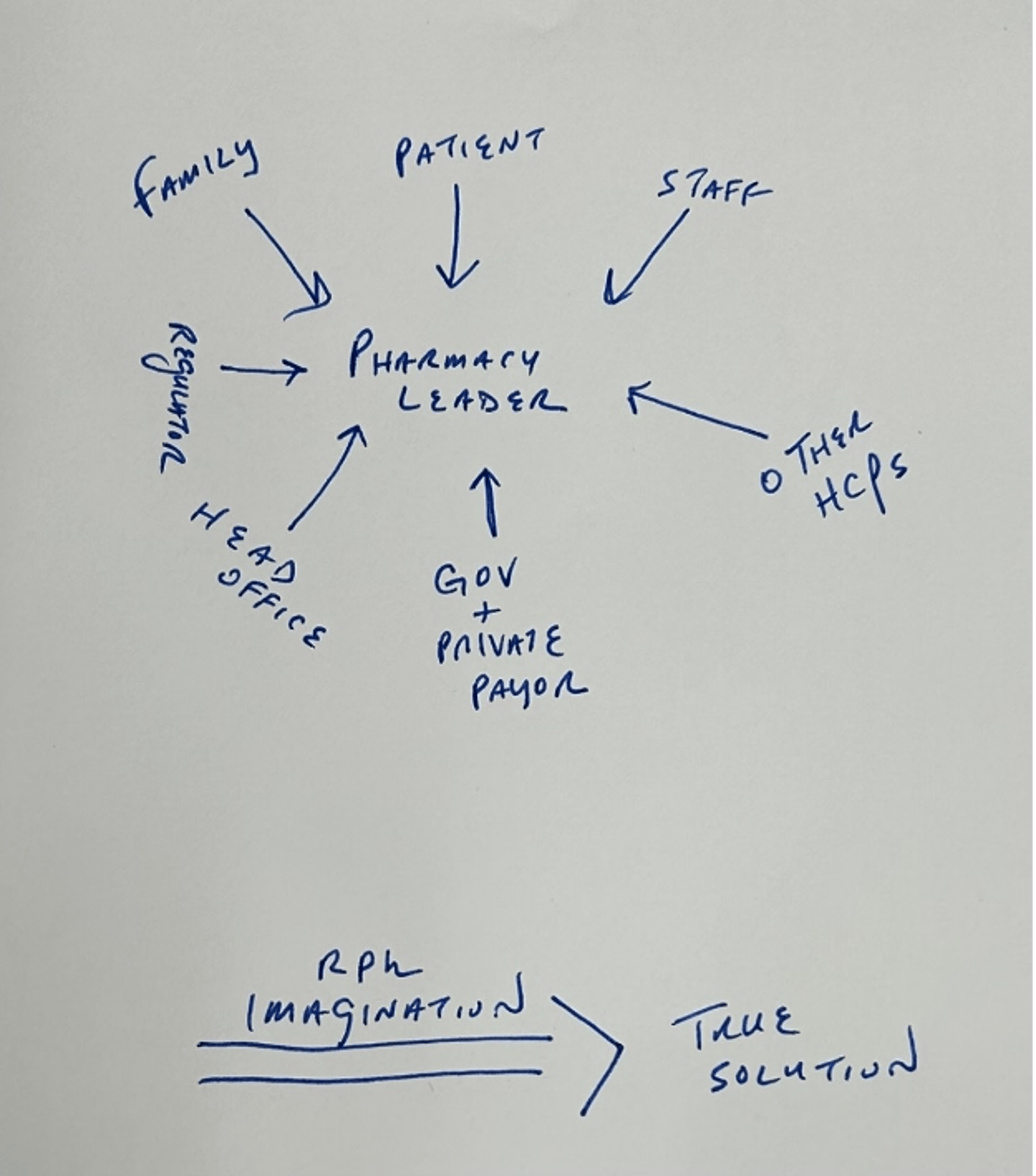Pharmacists, use your filter to understand the true problem
“If I had given customers what they thought they wanted, I would have invented a faster horse.”
-Henry Ford, inventor of the automobile
There is a specific characteristic of a pharmacy leader that is hard to define. It is the ability to understand the various arrows of feedback coming from staff, customers and the profession. They then compile the information, isolate the true problem and execute a solution. Sometimes that solution also solves more than one problem.
For the pharmacy leader, the customer is everyone: the patient, staff, head office, a third-party payor, the profession’s regulator and other healthcare providers.
The best leaders can digest the various incoming arrows and direct one solution that satisfies what they all need. They use rational thinking and imagination to filter and distill what needs to happen, then activate a plan.
It is not anyone’s job to tell you how
Pharmacy does not come with a user guide. Pharmacy leaders must hear what is going on in the game and help the players find a solution that fits within the rulebook. To do this, we do not necessarily need to invent the answer ourselves. Instead, we must understand the problems, leave emotion aside and generate ideas from other people. This takes humility to unemotionally zoom out and focus on isolating the true problem instead of becoming overwhelmed by the emotions, rumours and exaggerated reports others can sometimes give us.
Imagine how many arrows come your way as a leader. When hearing feedback from others, take time to ask questions to clarify your understanding of the fundamental problem. Filter out the ego, emotion and hyperbole before using your imagination to set a plan that speaks to the true problem.
Let others spill their guts, then extract the pertinent info and invent a practical solution. Others do not need to know how to fix a problem, they just need to tell you what the problems are.
The fundamental role of the pharmacy leader is to listen, understand and then invent.






